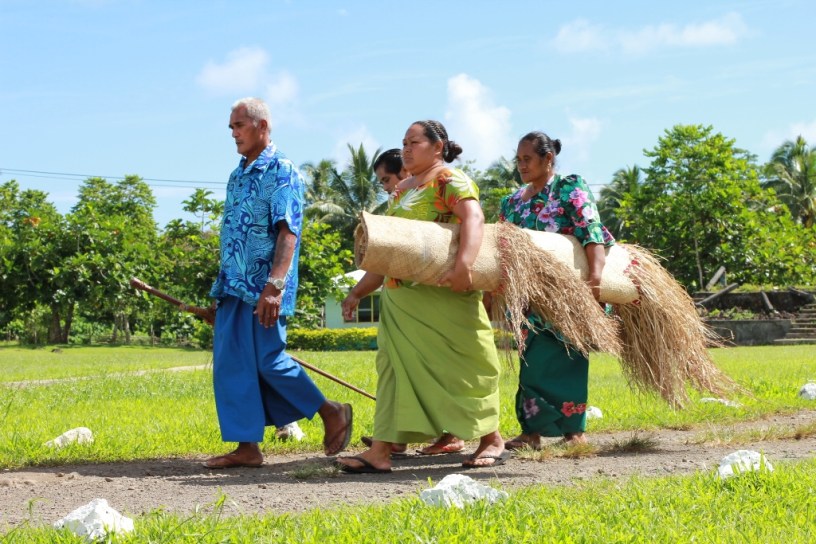The world’s first exclusively Samoan-language feature film, The Orator (O Le Tulafale), comes to Australian theatres having already won over international audiences at the Venice International Film Festival.
But, like the protagonist of his feature debut, Tusi Tamasese is quiet and modest.
“I don’t like being in the limelight,” the writer/director says in his characteristically soft voice. “I’m not good at that.”
Despite its humble beginnings as a film funded by the New Zealand Film Commission and shot in Samoa by an unknown writer/director, The Orator has gained widespread acclaim partly due to its narrative simplicity and universal themes of love and forgiveness. It also marks New Zealand's first submission to the Academy Awards for Best Foreign Language Film.
The Orator tells the story of Saili (first-time Samoan actor Fa’afiaula Sagote), a little person who lives with his wife and daughter in a traditional Samoan village, pushed to overcome his verbal and physical limitations in order to pursue the title of chief and defend his land and family.
Tamasese explains how he identifies with Saili’s character, a man of few words who “you don’t expect to become anything”. Indeed, telling how Saili must take “a simple step of standing in front to do something very important”, Tamasese may as well be describing his own gradual transition into the film industry, from the time he left Samoa for New Zealand at 18 with no intention of becoming a director, to returning years later to film a unique feature that would capture the attention of audiences well beyond the two islands.
But Tamasese seems less concerned with international success than staying true to the Samoan culture, which, along with the tumultuous Samoan weather, was one of the biggest challenges of shooting the film. Despite his initial nervousness, Tamasese says the film has been well received by Samoans back home and abroad.
(Story continues below.)
A scene from The Orator.
“It’s a challenge to keep the culture simple, not only for Samoan viewers, but for foreign viewers, to make them understand, but still keep that authentic… I didn’t want to explain too much… I knew that it was a risky thing to do, because it’s toeing the line between confusion and having people intrigued and curious.”
To create a traditional, authentic feel, Tamasese went into the heart of the Samoan island of Upolu, neglecting Samoa’s more modern facets and picturesque beaches.
“I wanted to go inland,” he says. “The landscape is lush and there’s a really old and very complex culture… I stayed away from showcasing Samoa as a paradise, as a postcard.”
And, even though Tamasese admits that there is “no film infrastructure” and a lack of skilled industry professionals in Samoa, The Orator’s largely non-trained, local Samoan cast was invaluable to the cultural realism of the film.
“I was really fortunate to have the actors that I worked with,” Tamasese says. “They were fantastic, they showed what I was after, the subtleties in the behaviour… They showed what it is to be Samoan.”
Of course, Tamasese’s own direction, aided by New Zealand cinematographer Leon Narbey, played a big part in giving the picture a distinctly Samoan feel. The camera is often low, reflecting Saili’s stature and also the Samoan cultural practice of crossing low to the ground to convey respect and humility.
According to Tamasese, there is a “silence and stillness” that makes The Orator both a challenging film and an accurate depiction of the Samoan lifestyle.
Still, the shy director doesn’t tend to trumpet his skills or the film’s aesthetic qualities. “I just wanted to show it as it is,” he says. “Hopefully the viewer gets dragged into the world.”
The Orator was released in Australia by Transmission Films on November 17.



